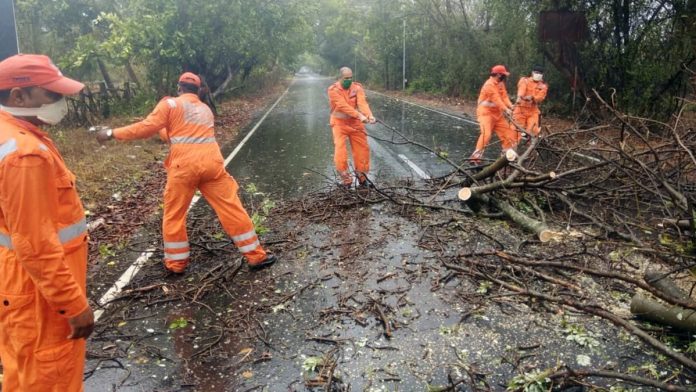Cyclone Nisarga won’t be the last. What you should know
Related Articles
9 जून के देशव्यापी हड़ताल के समर्थन में संयुक्त ट्रेड यूनियन मोर्चा की गेट मीटिंग
Joint Trade Union Strike- 9 जुलाई को प्रस्तावित देशव्यापी हड़ताल को सफल बनाने के लिए सोमवार को SP Mines चितरा कोलियरी में गेट मीटिंग...
Horror in Azamgarh: Woman Strangled, Forced to Drink Toilet Water in Fake Exorcism
A 35-year-old woman’s desperate wish for motherhood ended in a horrific death during a supposed occult healing session in Pahalwanpur village, Azamgarh. The woman,...
Ladki Bahin Yojana Maharashtra: महाराष्ट्र के लाड़ली बहन योजना से हटाए गए हजारों नाम, कहीं आपका नाम भी तो नहीं गायब? ऐसे करें ऑनलाइन...
Maharashtra Ladki Bahin Yojana: महाराष्ट्र सरकार की लाडकी बहिण योजना के तहत लाखों महिलाओं को हर महीने ₹1500 की आर्थिक मदद दी जाती है।...

